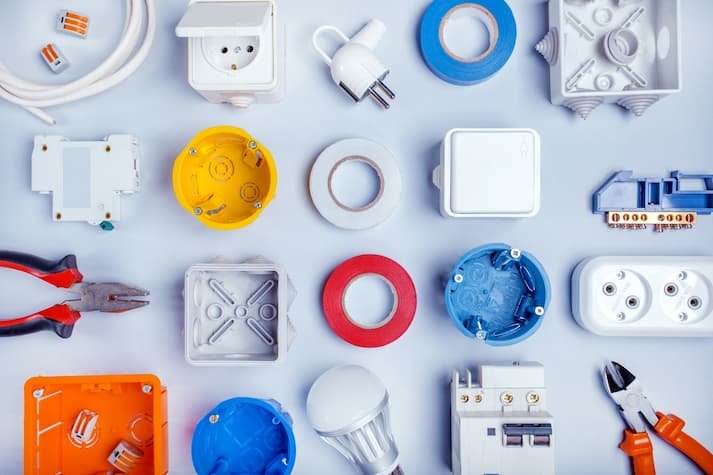Electrical goods refer to consumer-focused products that are designed for everyday use in homes, offices, or personal environments. They are a subset of the broader category of electrical equipment, which encompasses a wide range of devices, systems, and components used in various applications, from residential to industrial. Here’s a detailed explanation of electrical goods and how they differ from other types of electrical equipment:
What Are Electrical Goods?
Electrical goods are consumer-oriented products that rely on electricity for their operation. These goods are typically intended for individual use and are designed to enhance convenience, comfort, or entertainment in daily life. Common examples include:
- Home Appliances: Refrigerators, washing machines, ovens, microwaves, and vacuum cleaners.
- Personal Electronics: Smartphones, tablets, laptops, headphones, and gaming consoles.
- Entertainment Devices: Televisions, sound systems, and projectors.
- Lighting and Fixtures: LED bulbs, smart lighting systems, and decorative lighting.
- Climate Control Devices: Air conditioners, heaters, and fans.
What Is Electrical Equipment?
Electrical equipment is a broader category that includes any device, component, or system used to generate, transmit, distribute, or use electricity. This term encompasses both consumer-oriented goods and industrial or professional-grade equipment. Examples include:
- Industrial Equipment: Transformers, generators, switchgear, and circuit breakers.
- Infrastructure Components: Electrical cables, distribution boards, and power inverters.
- Commercial Systems: HVAC systems, elevators, and commercial lighting systems.
- Specialized Devices: Laboratory equipment, medical devices, and high-voltage testing equipment.
How They Interact
- Dependency: Electrical goods often rely on the infrastructure and systems built using electrical equipment. For instance, home appliances (electrical goods) are powered by electricity distributed through transformers and switchgear (electrical equipment).
- Market Segmentation: While electrical goods are sold directly to consumers, electrical equipment is typically procured by businesses, governments, and large-scale operations.
Electrical goods focus on consumer needs, offering convenience and enhancing quality of life, while electrical equipment encompasses the systems and components that enable electricity to be produced, distributed, and used effectively. Both play distinct yet complementary roles in the electrical and electronics industry.














